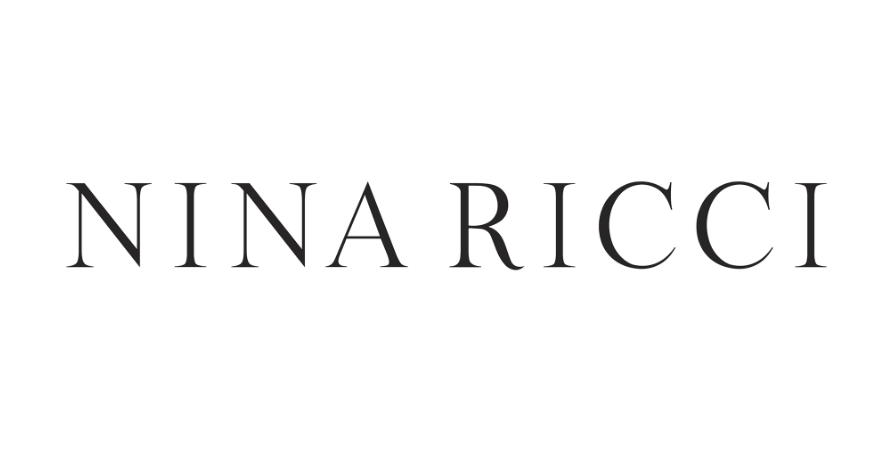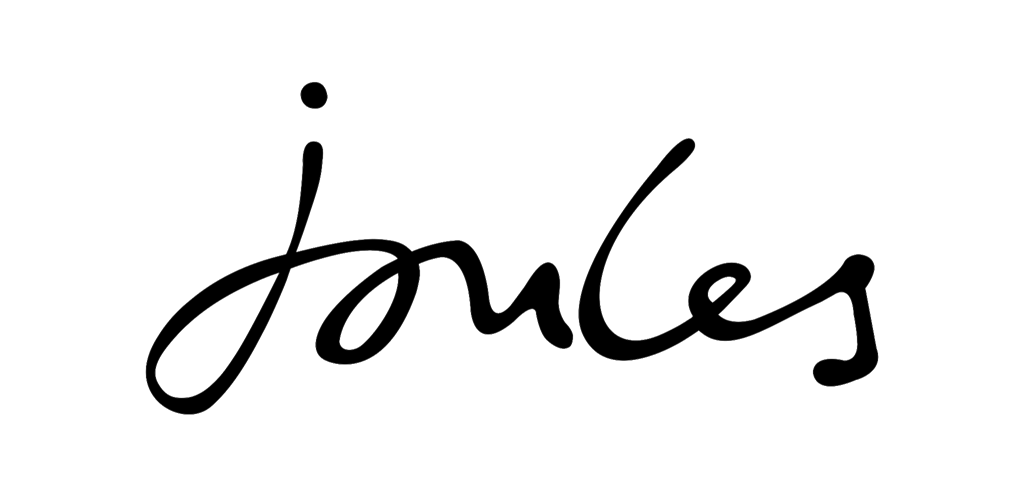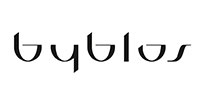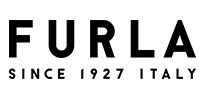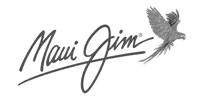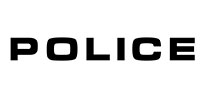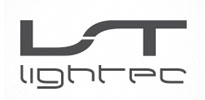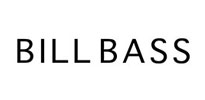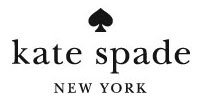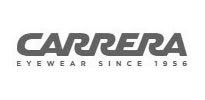A Guide to Safety Glasses
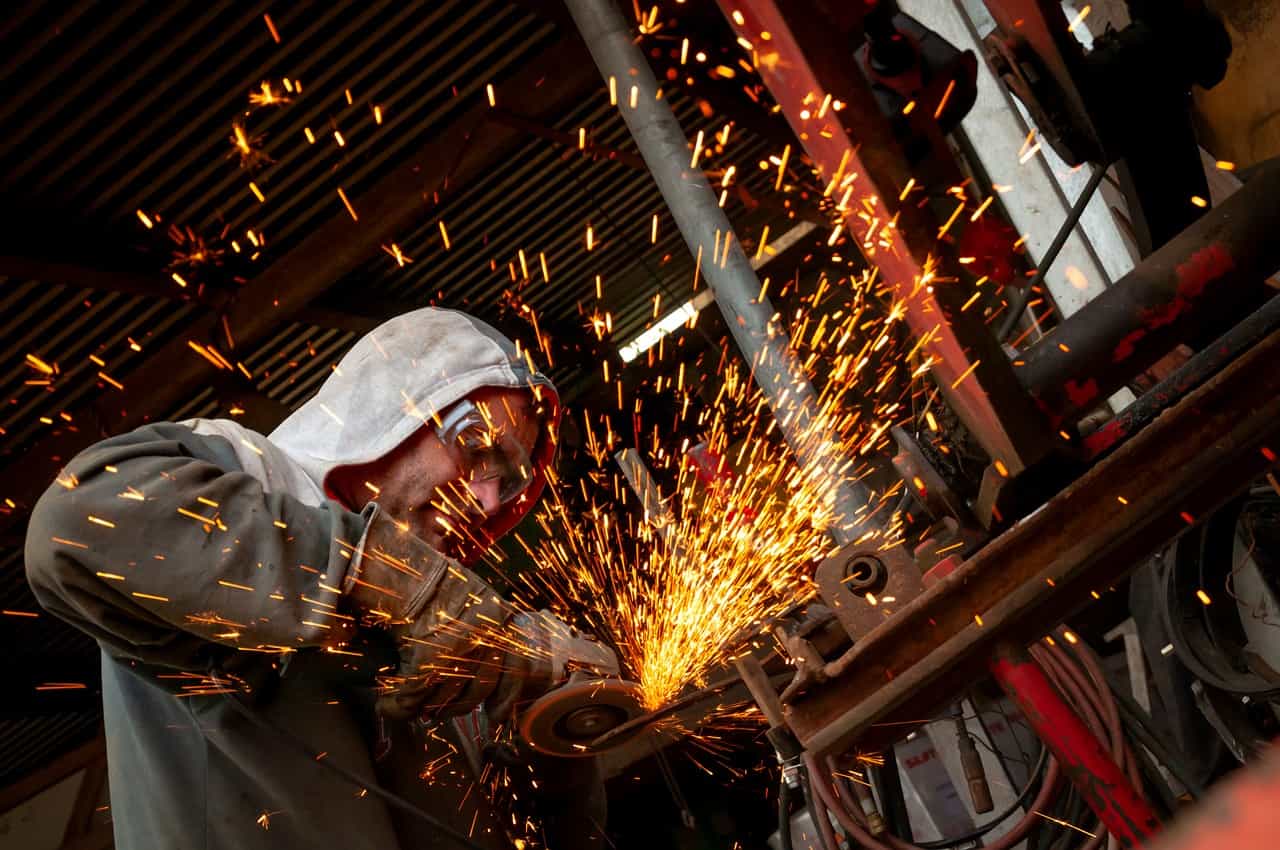
According to Optometry Australia’s ‘2020 Occupational Optometry Guide’, up to 90% of eye injuries are preventable and 60% of them happen in the workplace.
In the home, 21% of Australians have sustained an eye injury through a DIY project. Many of these could be prevented by safety glasses – but only 12% of people always wear eye protection while doing DIY projects.
Here’s why we should be wearing safety glasses and the types of safety glasses available.
Standard and prescription safety glasses
Most of us will be familiar with non-prescription or standard safety glasses made of toughened plastic and with one size fits all lenses. These safety glasses are good for people who only need to wear safety glasses occasionally and don’t need them for doing detailed work in a hazardous environment.
For those who need a more tailored solution, prescription safety glasses are the answer. They allow the individual to work to the best of their ability by giving them the same quality of vision as regular prescription glasses.
Safety standards
In Australia, occupational safety glasses must comply with AS/NZS 1336, 1337 and 1338 standards. These cover requirements for non-prescription and prescription safety glasses, including impact resistance, minimum lens thickness and area of eye coverage. Safety glasses that comply with the standards are clearly marked as such.
For example, AS/NZS 1337.1 tests safety glasses’ impact resistance to a steel ball dropped from 1.8 metres. The glasses are then checked for cracking or displacement of material to make sure they comply with acceptable parameters. A similar test is done by firing a metal spike into the lens.
These tests determine whether the lens can be pushed back onto the eye and if they are strong enough to withstand the impact of an object such as rebar or a nail.
The standard also requires glasses be tested for resistance to chemical corrosion, dust, flame and molten liquids.
Lens types for safety glasses
Amber, polarised, clear, UV protection – which one do you need? Polarised lenses allow you to cut through the glare of sunlight reflected off sand or asphalt, while amber lenses are great for seeing more clearly on an overcast day.
When working outdoors, repeated ultraviolet radiation (UV) exposure can cause eye fatigue and permanent damage including cataracts. Ask your safety glass experts at You & Eye for advice on the best lenses for you.
Do I need safety glasses?
Every workplace should have a Health and Safety representative, a staff member who monitors safety standards. Your Health and Safety representative will be able to tell you if you should be wearing safety glasses for a specific task.
Some occupations require personnel to wear safety glasses most of the time, for example, carpenters, plumbers, machinists and lab technicians. Find out more about the types of safety glasses available for you by visiting the You & Eye website.
Share on
